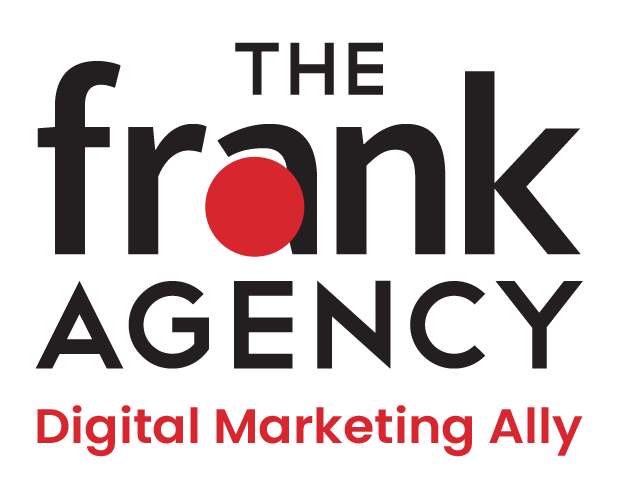Understanding the Hook Model: What Is It?
The Hook Model, developed by Nir Eyal, is a framework used to understand and create habit-forming experiences in products and services. It consists of four key steps: trigger, action, variable reward, and investment. By designing products that follow this model, companies can create habits that drive repeated user interactions, leading to increased engagement and retention.
The Four Steps of the Hook Model:
- Trigger: Triggers are cues that prompt users to take action. They can be external triggers, such as notifications or prompts, or internal triggers, like emotions or thoughts. Triggers initiate the user’s**FFFF engagement with the product or service.
- Action: Actions refer to the behaviors users take in response to a trigger. These actions can be simple, such as clicking a button or scrolling, or more complex, like completing a task. The easier the action is to perform, the more likely users are to engage.
- Variable Reward: Variable rewards are the gratifications users receive after taking the desired action. These rewards are designed to be unpredictable or varied, creating anticipation and keeping users engaged. Examples include social validation, gaining new information, or achieving a sense of progress.
- Investment: Investment involves asking users to put effort, data, time, money, or social capital into the product or service. By investing, users become more likely to continue using the product and develop a deeper commitment. Investments also load future triggers, making the next cycle of the Hook Model more likely to occur.
Applications of the Hook Model:
The Hook Model can be applied in various contexts to create habit-forming experiences. It has been successfully used by companies in fields such as technology, social media, gaming, and e-commerce. By understanding user psychology and leveraging the four-step process, businesses can increase user engagement, build customer loyalty, and drive repeat usage.
Ethical Considerations and Responsible Design:
While the Hook Model can be a powerful tool, it is essential to consider ethical implications and responsible design practices. Companies should prioritize user well-being, respect privacy, and avoid manipulative tactics that exploit vulnerabilities. Striking a balance between creating engaging experiences and promoting healthy user behaviors is crucial for long-term success.


